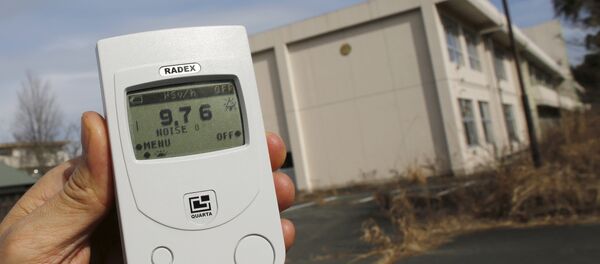Tepco is charged with decommissioning the damaged nuclear power plant, and the process has already proven itself to be a highly-complicated and staggeringly expensive task, especially now, considering the recent measurements. To assess what is occurring inside one of the reactors, Tepco sent in robots which returned the eyebrow-raising figure of 530 Sv/hr.
To better understand this figure, a dose of one Sv/hr in a human is enough to cause radiation sickness and nausea. A 10-Sv/hr dose causes death within several weeks. Current radiation levels inside the Chernobyl reactor amount to about 34 Sv/hr, which is lethal to a person in about 10-20 minutes.
Contrary to popular belief, radiation does affect robots, and 530 Sv/hr is enough to kill not one, but five Tepco robots, very quickly.
The Tepco robots are purposefully designed to withstand large amounts of deadly radiation. According to media reports, after losing five robots, Tepco will now deploy what it considers to be a particularly tough variant, designed to withstand 1000 Sv/hr. Even so, that robot will only be able to survive for about two hours before it breaks down.
Tepco robots identified a hole, about one meter in diameter, in a metal grating beneath the reactor's pressure vessel.
For Tepco, the decommissioning process has suddenly become much more difficult. The company has been under intense pressure, not only for its culpability in the environmental disaster, but also for its inability to keep to the stated cleanup timeline. The nuclear fuel is supposed to be removed from the reactor by 2018, so that crews can proceed with dismantling operations, but Tepco is far behind that original projection. Costs are also skyrocketing as, combined with decontamination and compensation payments, some $187 billion is expected to be spent, most of which will come from the Japanese treasury.
Total cleanup is expected to take 40 years.
But for now, Tepco must first understand how to approach the deadly environment.
The removal of the melted fuel represents "a challenge unprecedented in the history of nuclear power," according to The Guardian.
Russia offered assistance in overcoming the consequences of the Fukushima incident, just days after the disaster occurred. It was not until Russian President Vladimir Putin's December 2016 visit to Japan, however, that Tokyo and Moscow signed a memorandum of understanding regarding nuclear power.






